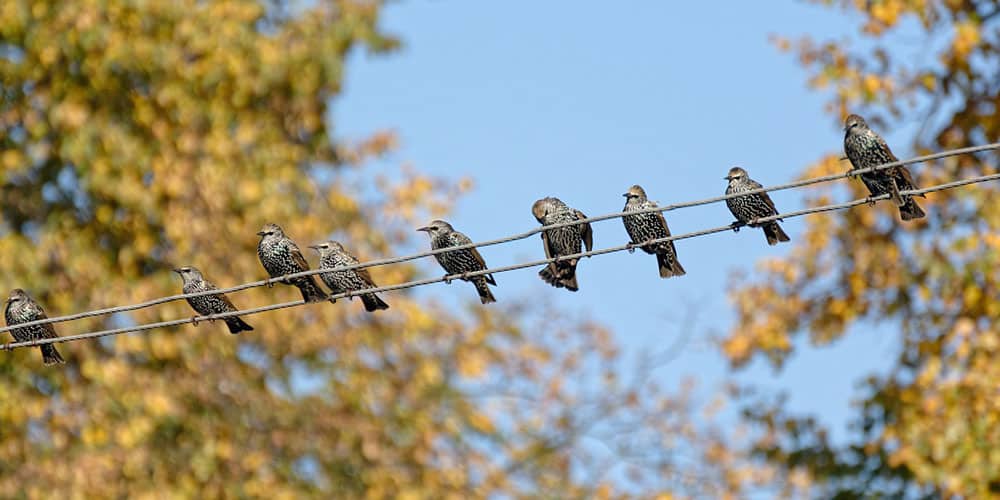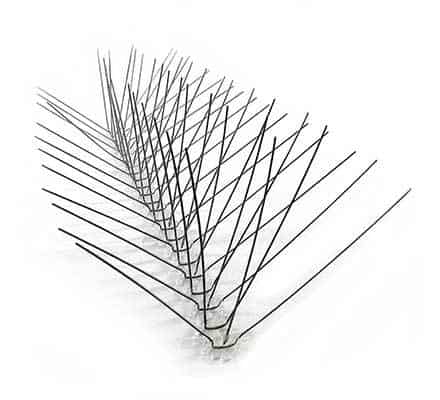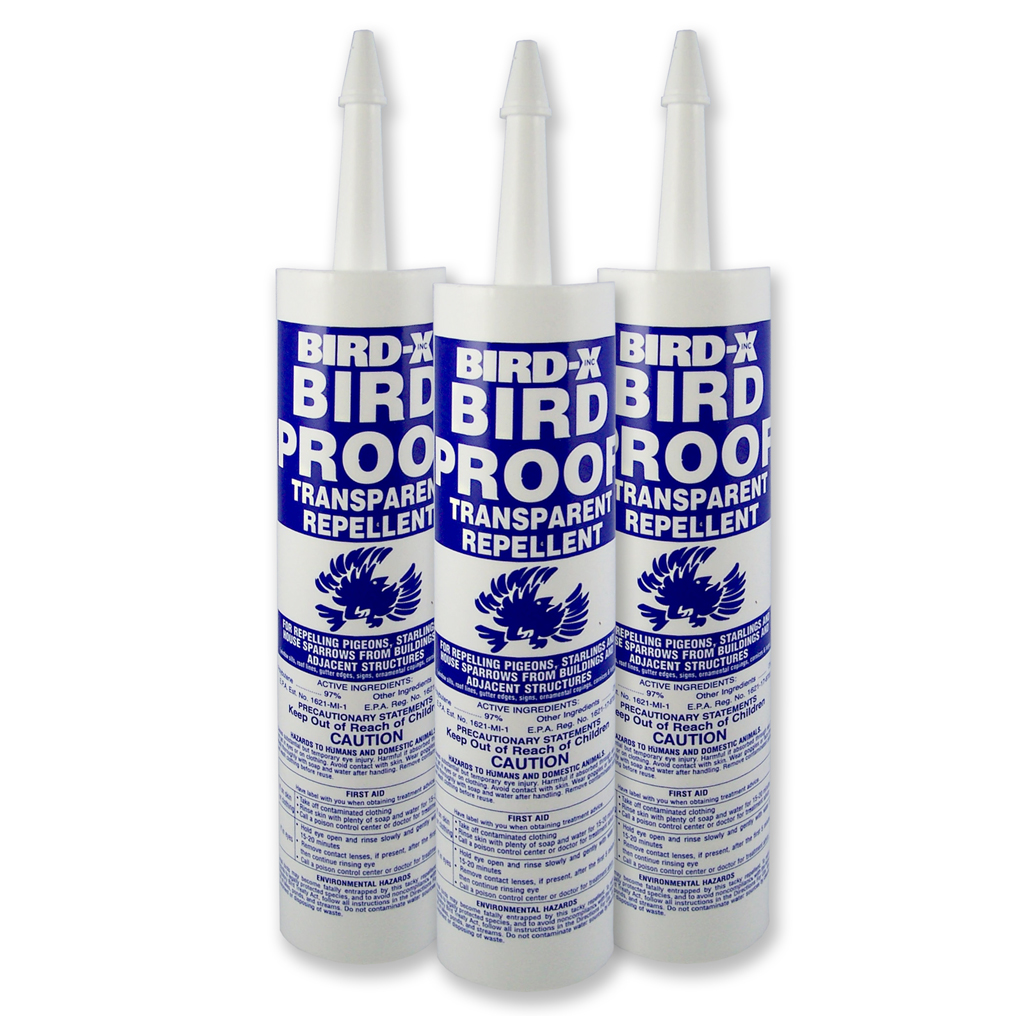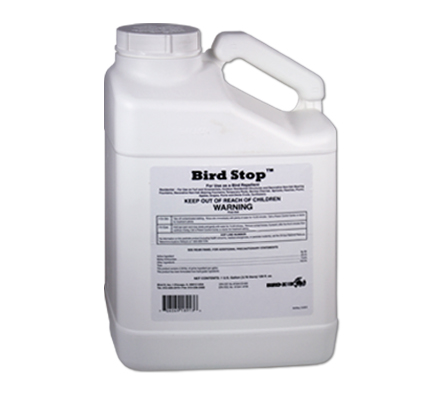Social starlings cause big problems
Of all the birds flying cities, starlings are probably the biggest problem. Last September, Steve Carlic of Syracuse (N.Y.) The Post-Standard wrote an article about exactly how dangerous – and expensive – it is to have starlings hanging around an area.
200 million shiny black European starlings crowd North America…The enormous flocks endanger air travel, mob cattle operations, chase off native songbirds, roost on city blocks, leaving behind corrosive, foul-smelling droppings and hundreds of millions of dollars of damage each year.
Carlic is absolutely right, starlings travel in massive packs. These packs are so large and dense—sometimes totaling over a thousand birds—they can blacken the sky and completely take over sections of buildings.
How to Keep Starlings Away
The main problem with hypersocial starlings is their droppings. Bird droppings carry many diseases, and they come with a big risk: the liability factor. Slip-and-fall incidents are not uncommon; they can cost companies thousands, possibly millions, of dollars in legal fees and lawsuits.
A multi-pronged attack is the only way to get rid of these tiny birds. Trying an ultrasonic sound device like the Bird-X Ultrason-X is a good place to start. It includes 4 speakers with 100-foot cords that emit annoying ultrasonic sounds annoying to birds. And with a coverage area of up 3600-square feet, it’s a guaranteed way to stop packs of starlings from getting too comfortable in your area. The BirdXPeller Pro (version 1) is a sonic deterrent device, meaning it broadcasts naturally recorded starling distress and alarm calls combined with menacing predator calls. These sounds “warn” the birds of imminent danger in the surrounding area. Birds instinctively adhere to this “warning” and look for safer places to roost.
Starlings love urban areas for the same reason most wildlife does: easy access to food, resting areas, water, and shelter among other things. Roosting for these packs is necessary, so physically obstructing them from being able to rest is necessary. Try some bird spikes or bird-proof gel. Spikes are rigid and crooked, making it impossible for birds to rest, while the gel makes the area sticky and incredibly uncomfortable.
If flocks of starlings are grazing in a yard or on a lawn, treat your turf with Bird Stop taste aversion liquid. The liquid tastes bitter and has a foul smell to the birds, thus encouraging them to forage elsewhere. Don’t worry about harmful chemicals; all ingredients in Bird Stop are completely safe for humans and birds alike.
Recommended Solutions
Shop Bird Spikes
Shop Ultrason X
Shop BirdXPeller Pro
Shop Bird Proof Gel
Shop Bird Stop








 Image courtesy of user
Image courtesy of user
Leave a Reply
Want to join the discussion?Feel free to contribute!